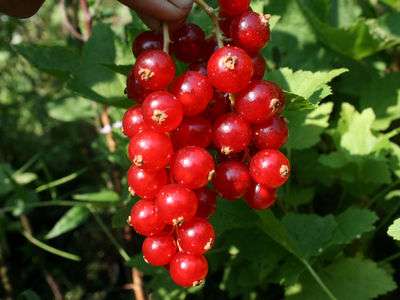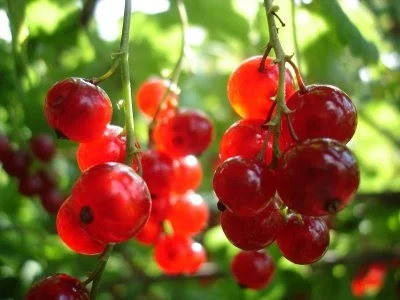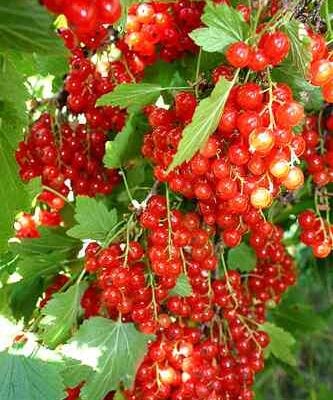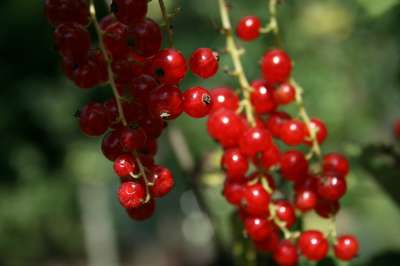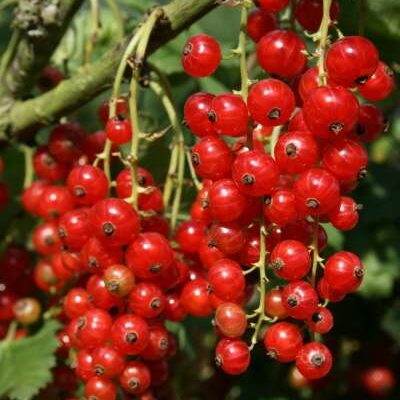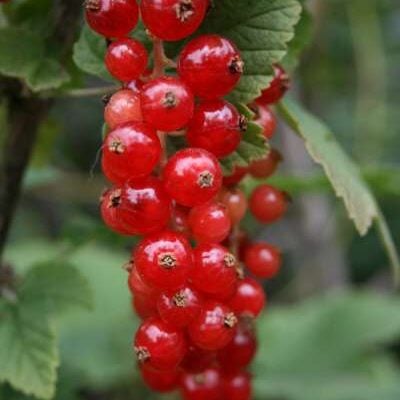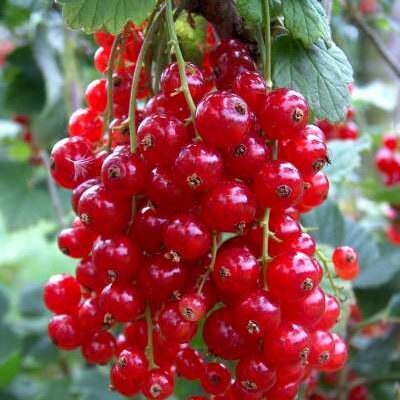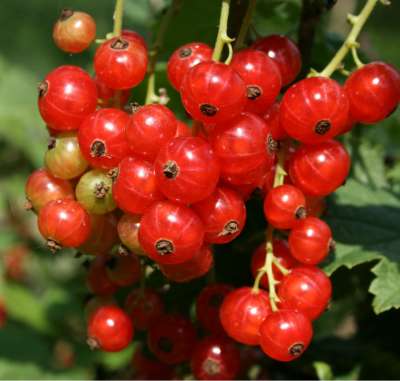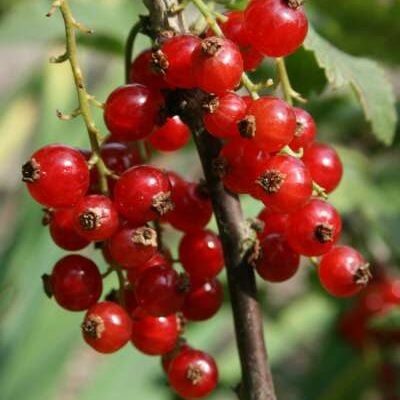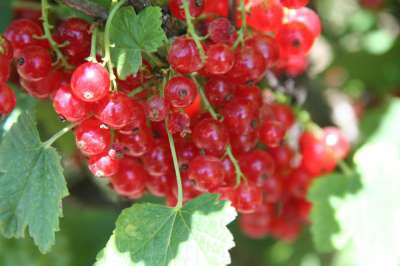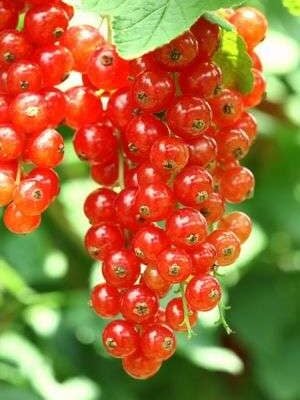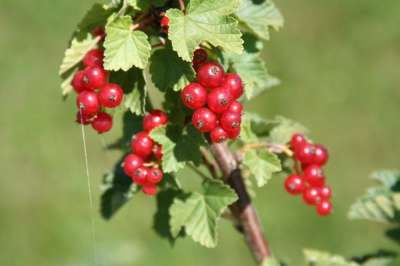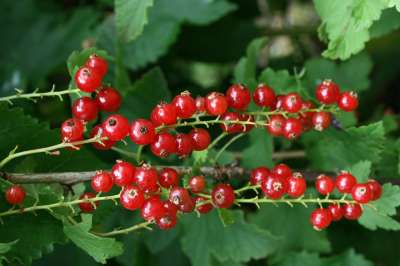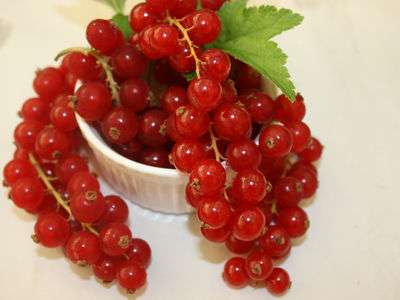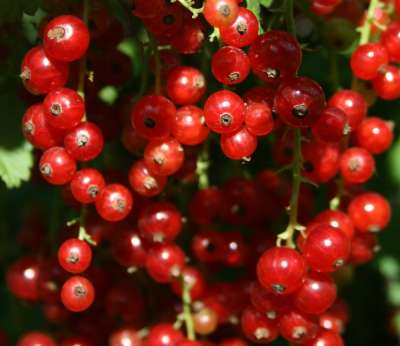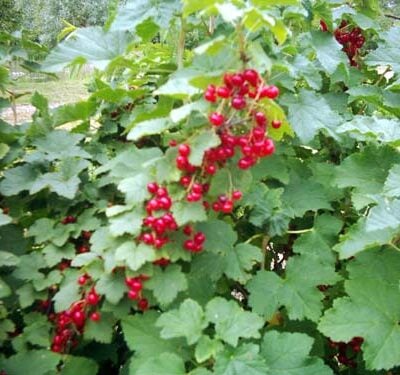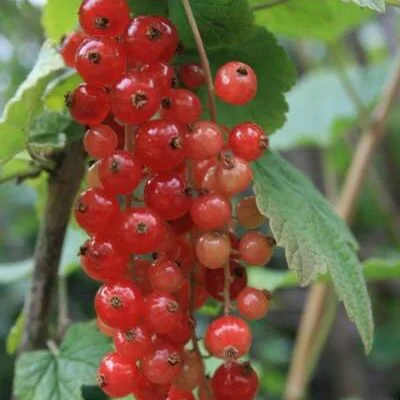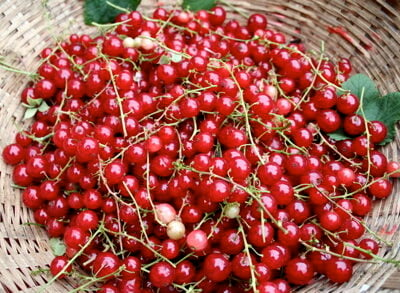Your basket is currently empty!
Redcurrant Bushes


Showing all 21 results
-
Junifer Redcurrant Bushes
Price range: £8.95 through £9.45 -
New * Introducing ‘redpoll’ Redcurrant Bushes
Price range: £8.95 through £9.45 -
Redstart Redcurrant Bushes
Price range: £8.95 through £24.95 -
Laxton No.1 Redcurrant Bushes
Price range: £8.95 through £24.95 -
Red Lake Redcurrant Bushes
Price range: £8.95 through £9.95 -
Stanza Redcurrant Bushes
Price range: £8.95 through £9.95 -
Cascade Redcurrant Bush
Price range: £8.95 through £9.45 -
Cherry Redcurrant bush
£9.95 -
Fays Prolific Redcurrant Bushes
Price range: £8.95 through £9.95 -
Jonkheer Van Tets Redcurrant Bushes
Price range: £8.95 through £9.95 -
Karlstein Red Redcurrant bush
Price range: £8.95 through £9.45 -
London Market Redcurrant Bush
Price range: £8.95 through £9.45 -
Moores Ruby Redcurrant bushes
Price range: £8.95 through £9.45 -
Perfection Redcurrant Bush
Price range: £8.95 through £9.45 -
Red Versailles Redcurrant Bush
Price range: £8.95 through £9.45 -
Rednose Redcurrant Bushes
Price range: £8.95 through £9.95 -
Redwing Redcurrant Bush
Price range: £8.95 through £9.45 -
Rondom – Late Season Redcurrant Bushes
Price range: £8.95 through £9.95 -
Rosetta Redcurrant Bush
Price range: £8.95 through £9.45 -
Rovado Redcurrant Bushes
Price range: £8.95 through £9.95 -
Wilsons Long Bunch Redcurrant
Price range: £8.95 through £9.45



